Our museum looks as if it will be closed through the summer, as of March, for refurbishment work. The Western Isles Museum, situated along Francis Street here in Stornoway, will be emptied of its entire collection, which will then be relocated to the Council Repository in Marybank, to the north of the town centre. In the six months to September, a comprehensive stock-take will then take place. The refurbishment work is necessary to comply with legislation for disability access. At the moment, the disabled are only able to visit the groundfloor of the museum, whilst there is a substantial amount to see upstairs as well. I took the pictures above on 7 March 2006 during a visit to the museum. At the time, an exhibition had been set up to commemorate the evacuation of St Kilda in August 1930, then just over 75 years ago.
St Kilda is a small group of islands, 45 miles west to the Hebrides in the Atlantic. They are home to large bird colonies, a unique breed of sheep (Soay sheep), a tracking station for the Ministry of Defense and passing visitors and volunteer workers. The indigenous population was removed, at their own request, on 29 August 1930. A large number ended up in the district of Lochaber, between Oban and Fort William. Only a few of the 30-odd souls removed are alive today.
This film, dating back to 1928, shows the excitement around the arrival of a supply ship, and reactions to islanders to the first-ever movie camera. More images can be seen on this webpage from the Royal Scottish Geographic Society.
St Kilda was an isolated community, isolated not just geographically. The unforgiving climate of the North Atlantic frequently made it impossible to get supplies through. Until the end of the 19th century, infant mortality reached the staggering rate of 50% at times. This was attributed to infantile tetanus, transmitted through the umbilical stump due to unhygienic practices at birth. Another factor, only discovered last year, was the unbelieveable levels of pollution within the houses.
The St Kildans primarily lived off the sea and seabirds. They would scale cliffs, rearing more than 1,000 feet out of the sea, and cull the seabirds nesting in their crevices. Seabirds have a high fat content, and have a substantial amount of heavy metals, occurring naturally, in their bodies.
Cadmium and lead are two examples. After the birds were eaten, their remains were ploughed into the ground, together with seaweed for fertiliser. The cycle would start again once any crops or animals, reared on the land, were consumed.
Another pollutant, dioxins, was created by the islanders themselves. Their main source of fuel was peat. St Kilda being only a small island, these were drenched in seawater, which contains salt - sodium chloride. When you burn organic material in the presence of large amounts of chlorine, you create dioxins. These are extremely toxins, and harmful in minute amounts. The ashes of fires were ground into the floor, and the dioxins contained in them ever-present.
Nowadays, there are a few communities left in Scotland which have a similarly harsh environment. The two I have in mind are Fair Isle and Foula, islands to the southwest and west of Shetland. However, they have survived and modernised. It is a subject for academics to decide what made the difference. My opinion is that the governments of the day couldn't be bothered with the St Kildans. A more pro-active approach from London might have kept St Kilda populated. Their unique way of life was doomed, whatever the eventual outcome.
Thursday, 1 February 2007
Subscribe to:
Post Comments (Atom)
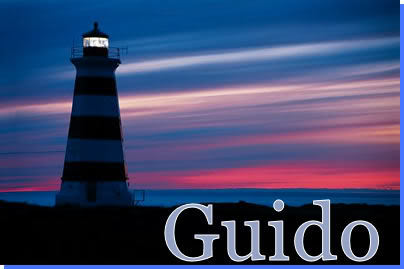



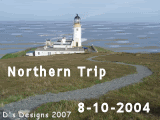



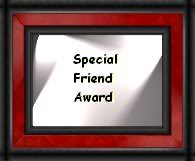
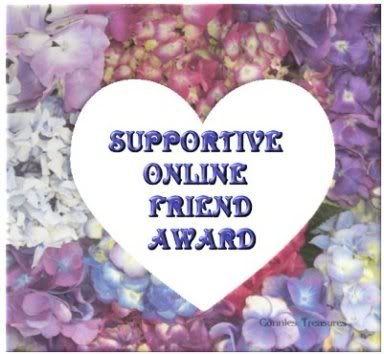
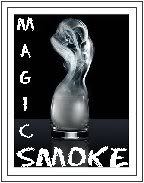
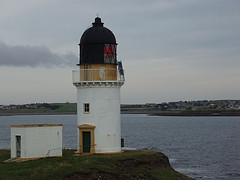
Those were wonderful pictures, and make me want to see more! I also enjoyed watching the film. Thank you for sharing that with us. Very interesting history.
ReplyDeleteLori
That is sad... a whole community gone like that. I love your history... so interesting. I hope the museum construction will go as planned. It is good to be fully accessible.
ReplyDeletebe well,
Dawn